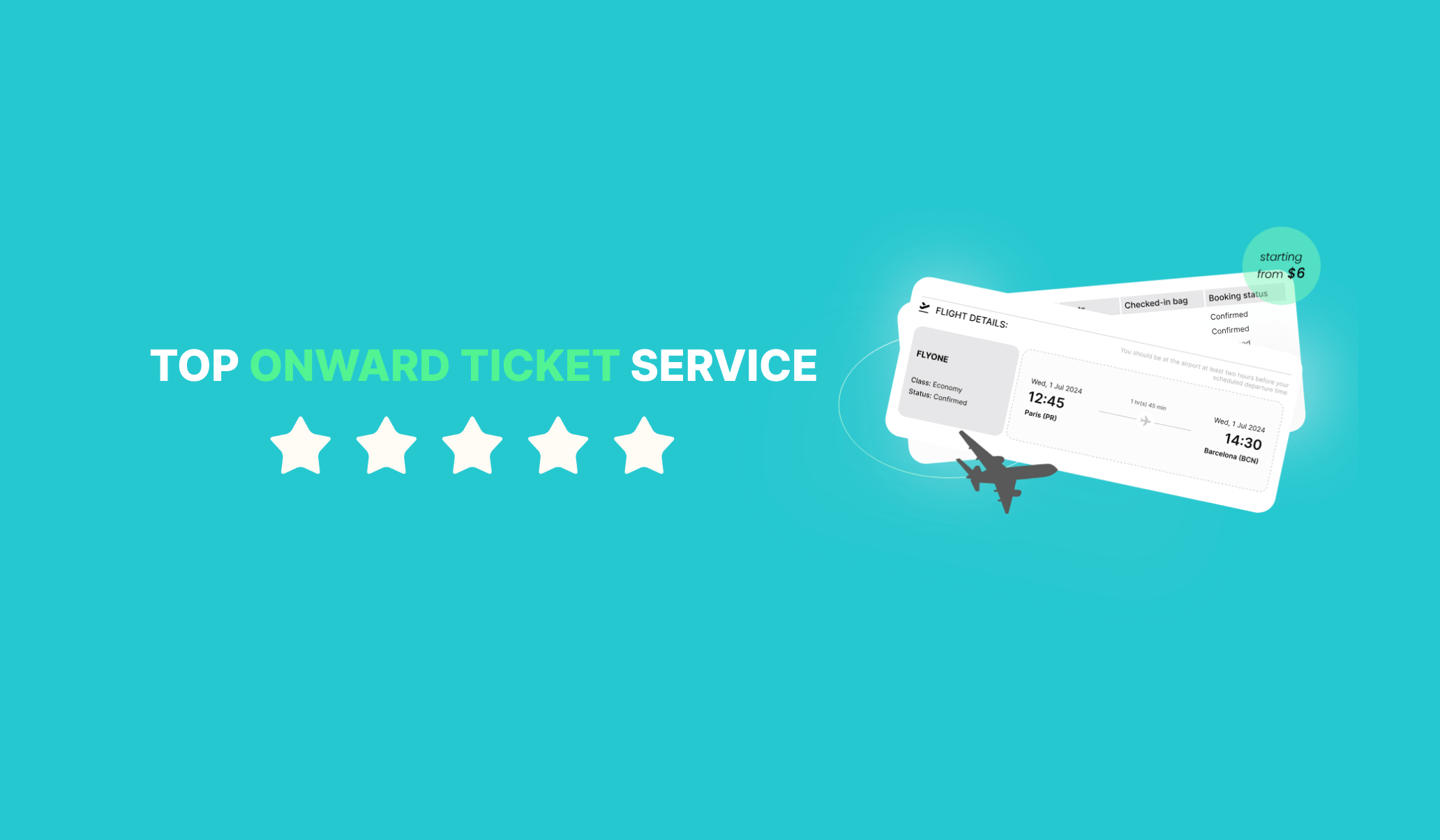Facebook advertising has become an essential part of modern marketing strategies.
With over 2.9 billion monthly active users, Facebook offers an unparalleled opportunity for businesses to reach their target audience. However, managing Facebook ads costs can be a daunting task, especially for those new to the platform. Striking the right balance between maximizing your return on investment (ROI) and keeping your budget in check is crucial.
This article will guide you through the fundamentals of efficiently managing your Facebook ads cost, ensuring that you get the most bang for your buck.
The Cost Of Facebook Ads
Before diving into cost-management strategies, it’s essential to understand the pricing model behind Facebook ads. So, how much do Facebook ads cost? Facebook operates on an auction-based system, where advertisers bid for ad placements. The cost of your ads depends on several factors, including your target audience, ad relevance, and competition within your industry.
Facebook ads use a cost-per-impression (CPM) or cost-per-click (CPC) pricing model. CPM means you pay for every 1,000 impressions (views) your ad receives, while CPC means you pay each time someone clicks on your ad. The actual cost can vary significantly based on your industry, targeting, ad quality, and other factors.
Cost-Management Strategies For Facebook Advertising
1. Budgeting and goal setting
Effective budget management starts with setting clear goals for your Facebook advertising campaign. Are you aiming to increase brand awareness, drive website traffic, or boost conversions? Once you’ve defined your objectives, you can allocate an appropriate budget and track your progress accordingly.
It’s crucial to set realistic budgets based on your industry, competition, and desired outcomes. Start with a conservative budget and gradually increase it as you gain more insights into what works best for your business.
2. Audience targeting
Precise audience targeting is the key to maximizing the efficiency of your Facebook ad spend. Facebook’s robust targeting options allow you to reach highly specific groups based on demographics, interests, behaviors, and more. The more granular your targeting, the higher the likelihood of reaching people genuinely interested in your products or services.
Experiment with different targeting combinations to find the sweet spot between reach and relevance. Regularly review and optimize your audience targeting to ensure you’re not wasting money on irrelevant impressions or clicks.
3. Ad placements and bid strategies
Facebook offers a variety of ad placements, including news feed, right-column, Instagram, Audience Network, and more. Each placement has its own unique characteristics, costs, and performance metrics such as the marketing efficiency ratio. Carefully consider which placements align best with your campaign objectives and target audience behavior.
Additionally, Facebook provides several bid strategies to help you optimize your ad delivery and costs. Options like lowest-cost bid strategy, target cost bidding, and bid caps can help you maintain control over your ad spend while achieving your desired outcomes.
4. Ad relevance and creative quality
The relevance and quality of your ad creative play a significant role in determining your Facebook ads cost. Facebook’s ad auction system favors ads that are highly relevant and engaging to the target audience. Poorly designed or irrelevant ads will not only perform poorly but also cost you more in the long run.
Invest time and effort into crafting compelling ad copy, visuals, and overall creative. A/B test different ad variations to identify the top performers and continuously refine your creative approach based on performance data.
5. Campaign structure and organization
Proper campaign structure and organization are essential for effective Facebook ads management. Break down your campaigns into manageable ad sets and ads, each with specific targeting, creative, and bid strategies. This modular approach allows for better testing, optimization, and budget allocation.
Label and organize your campaigns, ad sets, and ads in a logical manner, making it easier to analyze performance data and identify top performers. Regularly review and prune underperforming elements to reallocate the budget towards more efficient campaigns.
6. Performance tracking and optimization
Continuous performance tracking and optimization are crucial for maximizing the efficiency of your Facebook ads cost. Regularly monitor key metrics such as cost per result, click-through rate (CTR), conversion rate, and return on ad spend (ROAS).
Use Facebook’s built-in reporting tools, as well as third-party analytics platforms, to gain deeper insights into your campaign performance. Identify areas for improvement and make data-driven optimizations to your targeting, creative, bid strategies, and overall approach.
Don’t be afraid to pause or adjust underperforming campaigns or ad sets. Reallocate your budget towards the most efficient and successful elements of your advertising campaign.
7. Testing and experimentation
A/B testing and experimentation are invaluable tools for improving the efficiency of your Facebook ads cost. Regularly test different variables, such as ad creative, copy, targeting, placements, and bid strategies, to identify the winning combinations.
Embrace a culture of continuous testing and iteration. Be willing to try new approaches and let the data guide your decision-making process. This proactive approach will help you stay ahead of the curve and maximize the impact of your Facebook advertising efforts to gain followers and, ultimately, convert them into buying customers.
Conclusion
Managing Facebook ads cost-efficiently is a continuous process that requires careful planning, execution, and optimization. By understanding the platform’s pricing model, setting clear goals, leveraging precise targeting, creating compelling ad creative, monitoring relevant metrics, and embracing a culture of testing and experimentation, you can ensure that your Facebook advertising budget is being spent wisely and delivering maximum ROI for your business.





